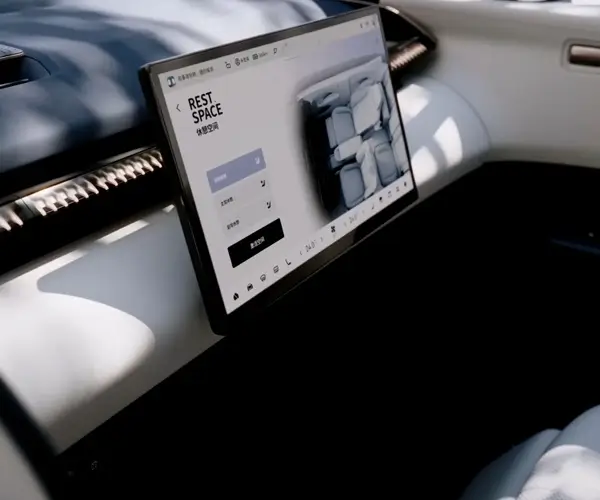part 1:
Unleashing the Power of DC Motors with Arduino: A Beginner’s Guide to Coding and Control
In the world of robotics and automation, motors are the heartbeat that bring machines to life. Among them, DC motors stand out for their simplicity, affordability, and versatility. Whether you're crafting a robotic vehicle, an automated door, or a smart gadget, understanding how to control a DC motor with Arduino can open doors (quite literally) to endless possibilities.

Why Choose a DC Motor?
DC motors are electric motors powered by direct current. Their main appeal lies in their straightforward operation and ease of control. They can provide variable speeds, directional changes, and are often compact and lightweight—a perfect match for DIY projects.
Typically, a DC motor can be used with a simple ON/OFF switch, but for more refined control—like adjusting speed or reversing direction—you need a proper motor driver and some coding know-how.
Getting Started: The Essentials
To begin with, you'll need:
An Arduino board (Uno, Mega, or any compatible model) A DC motor (small, wearable motors or larger ones depending on your project) A motor driver module (L298N, L293D, or similar IC) Power supply (battery pack or DC power supply) Connecting wires and breadboard for prototyping
The motor driver acts as the bridge between the microcontroller and the motor, allowing you to control higher currents without damaging your Arduino. It also handles the required voltage and current levels for the motor's operation.
Wiring Up Your Motor
A typical setup involves connecting the Arduino to the motor driver module, then connecting the motor to the module’s output terminals. The motor driver receives control signals via the Arduino’s digital pins, and the motor is powered through the driver, ensuring safe and effective operation.
Here's a quick schematic overview:
Arduino digital pins (e.g., pin 9 and 10) connect to input pins on the motor driver. Power and ground connections are established for both the Arduino and the motor driver. The motor connects to the output terminals of the driver.
Programming Your First Motor Control
Now, onto coding—arguably the most exciting part. Starting with simple commands to run the motor forward and backward, then progressing to controlling speed with PWM.
Here's a basic example sketch:
// Define control pins const int motorPin1 = 9; // Control pin 1 const int motorPin2 = 10; // Control pin 2 const int enablePin = 11; // PWM control for speed void setup() { pinMode(motorPin1, OUTPUT); pinMode(motorPin2, OUTPUT); pinMode(enablePin, OUTPUT); } void loop() { // Rotate motor forward digitalWrite(motorPin1, HIGH); digitalWrite(motorPin2, LOW); analogWrite(enablePin, 255); // Full speed delay(2000); // Rotate motor backward digitalWrite(motorPin1, LOW); digitalWrite(motorPin2, HIGH); analogWrite(enablePin, 255); delay(2000); // Stop motor digitalWrite(motorPin1, LOW); digitalWrite(motorPin2, LOW); analogWrite(enablePin, 0); delay(2000); }
This code commands the motor to spin forward for two seconds, then backward for two seconds, then stop. By modifying the PWM value (0-255), you can control speed precisely, creating smooth acceleration and deceleration.
Understanding PWM for Speed Control
PWM (Pulse Width Modulation) is a technique that simulates variable power delivery by rapidly switching the motor on and off. The duty cycle (the ratio of on-time to total cycle time) determines the average voltage seen by the motor, thus controlling its speed.
A duty cycle of 100% (analogWrite=255) delivers full voltage. A duty cycle of 50% (analogWrite=127) reduces the average voltage by half, slowing the motor.
Experimenting with different PWM values can make your project more dynamic and nuanced.
Reversing Motor Direction
Controlling direction involves toggling the control pins connected to the driver. By setting one high and the other low, the current flows in a specific direction, making the motor spin clockwise or counterclockwise. Swapping the pins’ states reverses the motor’s direction.
Handling these toggles with code unlocks more complex behaviors, such as steering mechanisms in robots or adjustable positioners.
Safety and Troubleshooting
Working with motors and electronics always warrants caution. Overcurrent can damage components, so always verify your wiring. Start with low voltages and no load on the motor to test functionality.
When things aren’t working:
Check connections thoroughly. Confirm your driver’s power requirements. Use serial print statements or LED indicators for debugging. Ensure your power supply matches the motor’s voltage range.
Expanding Control: Sensors and Feedback
Once the basic motor control is mastered, integrating sensors can elevate your project. Hall sensors, encoders, or simple limit switches allow you to implement closed-loop feedback, precise positioning, and automation.
For example, combining an ultrasonic sensor with motor control can help build obstacle-avoiding robots, while rotary encoders help maintain accurate speed and position control.
Part 2 of the article will delve into real-world applications, advanced control techniques, troubleshooting tips, and inspiring project ideas to truly harness the potential of DC motor and Arduino integration. Stay tuned!
Established in 2005, Kpower has been dedicated to a professional compact motion unit manufacturer, headquartered in Dongguan, Guangdong Province, China.




































